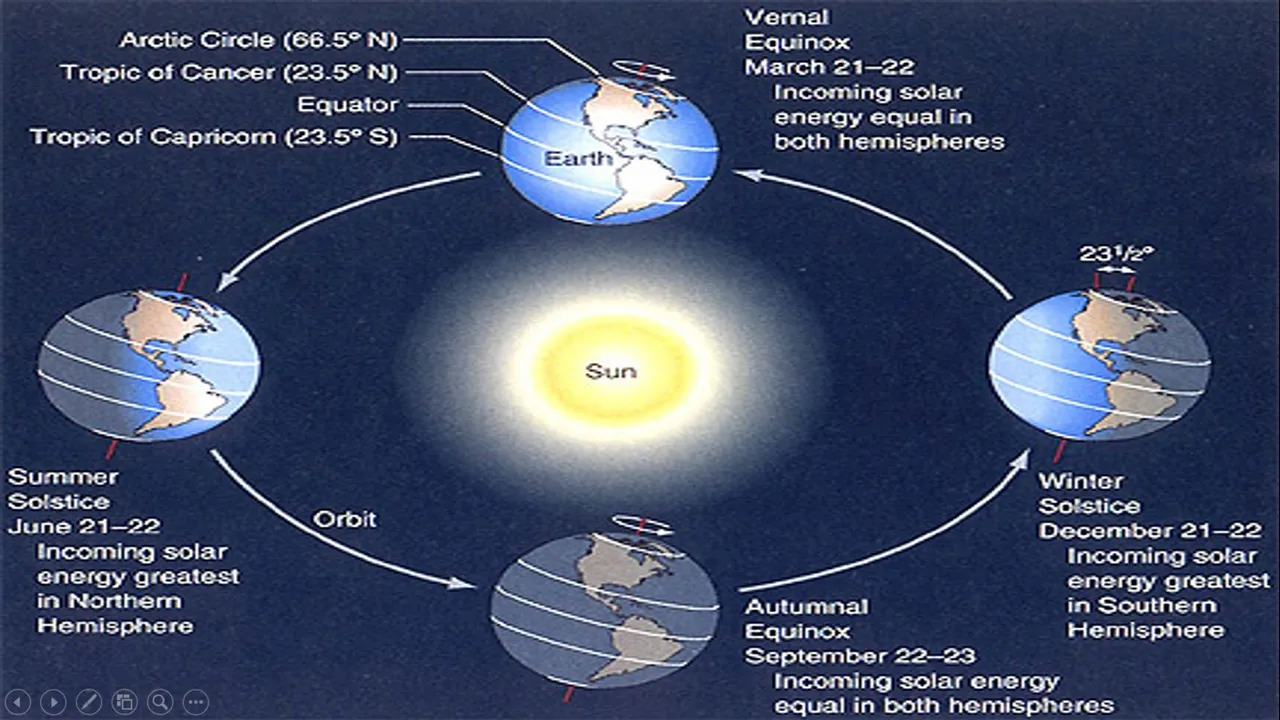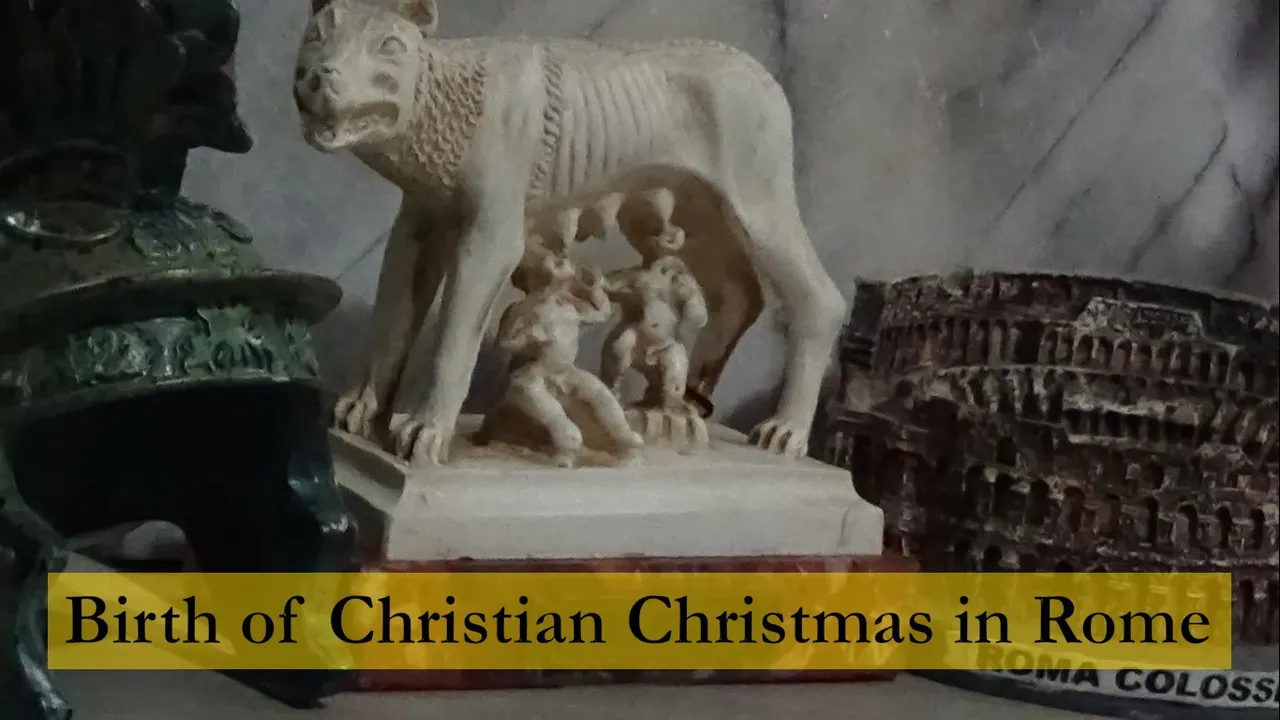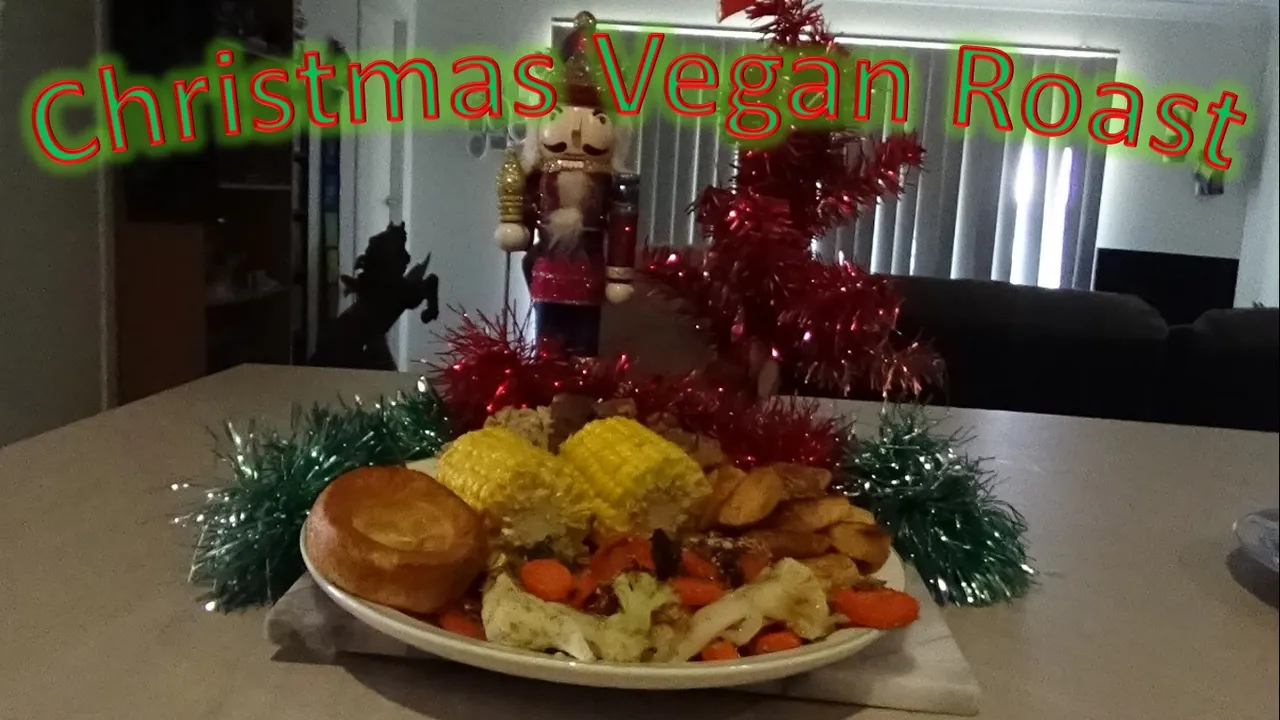Hi Everyone,

This is my first Christmas on Steemit. So today I will focus on Christmas. Some of my readers will know that I live in Australia. Therefore, I will not experience a white Christmas this year. In fact, I will not even experience a cold Christmas. The weather, here in Brisbane, is about 32 Degrees Celsius. I don’t mind the hot weather but it is funny to see people sending each other Christmas cards with pictures of Snowmen and Santa Claus riding on a sleigh through the snow.
I could talk about the consumerism and materialism linked to Christmas. After all, it is the time of year people spend the most money. Some will regard Christmas expenditure as a welcome boost to the economy while others will consider it wasteful spending. Today I will not challenge the usefulness or the wastage that Christmas brings. Instead I will write about Christmas as a holiday. I will write about some of the origins of some of our Christmas traditions and how many pagan traditions are embed in our current Christmas traditions.
Before Christmas
Christmas beautifully coincidences with the winter festivals in the North Hemisphere. The shortest day of the year in the Northern hemisphere is either December 21 or 22. This is known as winter solstice. ‘Sol’ is the ancient Latin word for ‘Sun’, and ‘Stice’ means ‘standing still’.

Source: http://earthsky.org/astronomy-essentials/everything-you-need-to-know-december-solstice
Before December 25 was claimed as the birth day of Jesus, it was recognised as winter solstice or the day the sun stands still. It signified the end of shortening days and the beginning of longer warmer days. Many ancient civilisations celebrated this day as the birth of the sun or sun god. The pre-Christian Romans celebrated Saturnalia between December 17 and 23 in honour of the god Saturn. Saturnalia was followed ‘Dies Natalis Solis Invicti’ (birthday of the unconquerable sun), which was celebrated on December 25. The ancient Egyptians also celebrated December 25 in honour of Ra and/or Horus the sun child of Isis and Osiris. The ancient Persians celebrated December 25 as the birth date of their sun god Mithra. There were many other ancient civilisations that celebrated this day or period such as the Aztecs, Nordics, and Greeks.
Statue of Liberty and Colossus of Rhodes

First Christmas
The first recorded celebration of Christmas on December 25 was not until 336, which happened during the reign Roman Emperor Constantine, the first Christian Roman Emperor. Several years later Pope Julius, declared December 25 the date that the birth of Jesus would be officially celebrated. Christmas eventually replaced the existing pagan holidays and festivals.

It can be argued that placing Christmas on December 25 was a strategy to eliminate the pagan religions and beliefs. It can also be argued that Christmas is covertly keeping many pagan traditions alive in the guise of purported Christian tradition.
Origins of the Christmas tree
The origin of the Christmas tree takes us back to Pagan rituals prior to modern Christmas celebrations. The romans used evergreen trees to celebrate the arrival of the coming warm weather. While the Vikings believed that evergreen trees were used to honour their sun god, Balder. The ancient Egyptians would bring green palm rushes into their homes to celebrate the victory of life over death or the light over the dark (days getting longer).
I have a Christmas tree in my house every year. The tree I have had for the last 12 years is an artificial tree. This tree has fibre optic branches. We have a household tradition of adding a new tree ornament to the tree each year. I also put a Christmas wreath outside my door evert year; this is also artificial and I have had it even longer than the tree.



Wreaths are believed to have been hung outside doors by the ancient romans to signify victory. The Christmas wreath, which is circular, is meant to symbolise the eternity of life as a circle has no beginning or end.
Gifts at Christmas
Gifts were not traditionally given out as part of Christian Christmas tradition. Christmas gifts were given out on January 6 to celebrate Epiphany. The twelve days of Christmas are from December 25 to January 6. Eventually gift giving switched to December 25. It was not until the 19th Century that Christmas gift giving was considered an essential part of celebrating Christmas. Gift giving was frowned upon by the church.
Gift giving during winter solstice was practiced by pagans. The ancient romans gave each other gifts as part of Saturnalia. Children were often given toys. Gift giving during the winter solstice is also a Celtic tradition. Gifts of oranges and apples were placed in baskets and taken to neighbouring houses by children. The oranges and apples represented the sun and I presume signify the rebirth of the sun.
Christmas for me
I personally like Christmas. As a child it was one of only two occasions I received presents (the other being my birthday). It was also the longest school holiday of the year. When I worked for the government it was the longest work holiday of the year.
I now work for myself so I don’t have to be confined to Christmas holidays. I’m also vegan, so I don’t eat all the festive meats and sweets. Christmas is still a great time of year for me. I enjoy having the Christmas decorations out. I like gift giving but I keep it simple. I only buy gifts for close family members and generally my Christmas expenditure is only moderately higher than normal. Being vegan is also not a problem. I had an amazing Christmas lunch today with mock turkey, roast potatoes, stuffing, cranberry sauce, mint sauce, vegan gravy, corn-on-the-cob, broccoli, cauliflower, and vegan Yorkshire pudding.

I also like to have a bit of fun mucking around as well. I pulled out the Christmas train set and set up my little clay winter village with the little plastic people and then I turned it into a gif. I also removed the clay village and replaced it with the Avengers and Rocket Raccoon. I just needed an excuse to bring out my action figures. I’m still a child at heart.


This brings me to the end of my Christmas post. I hope you enjoyed the read as well as my experimentation with gifs. I will visit the consumerism and materialism aspect of Christmas and other holidays another day.
I wish all of you a Merry Christmas and a Happy New Year.
Sources of Christmas facts and information used in this blog:
http://www.worldbulletin.net/history/125609/christmas-before-christ-december-25-and-paganism
https://www.whychristmas.com/customs/25th.shtml
https://en.wikipedia.org/wiki/Sol_Invictus
http://www.history.com/topics/christmas/history-of-christmas-trees
http://www.homemakerscorner.com/christmas-tree-history.html
https://www.christmasforest.com/christmas-wreaths/christmas-ideas
http://theweek.com/articles/441360/brief-history-christmas-present
http://www.thelaboroflove.com/articles/why-do-we-give-gifts-at-christmas
https://en.wikipedia.org/wiki/Saturnalia
https://wicca.com/celtic/akasha/yule.htm










